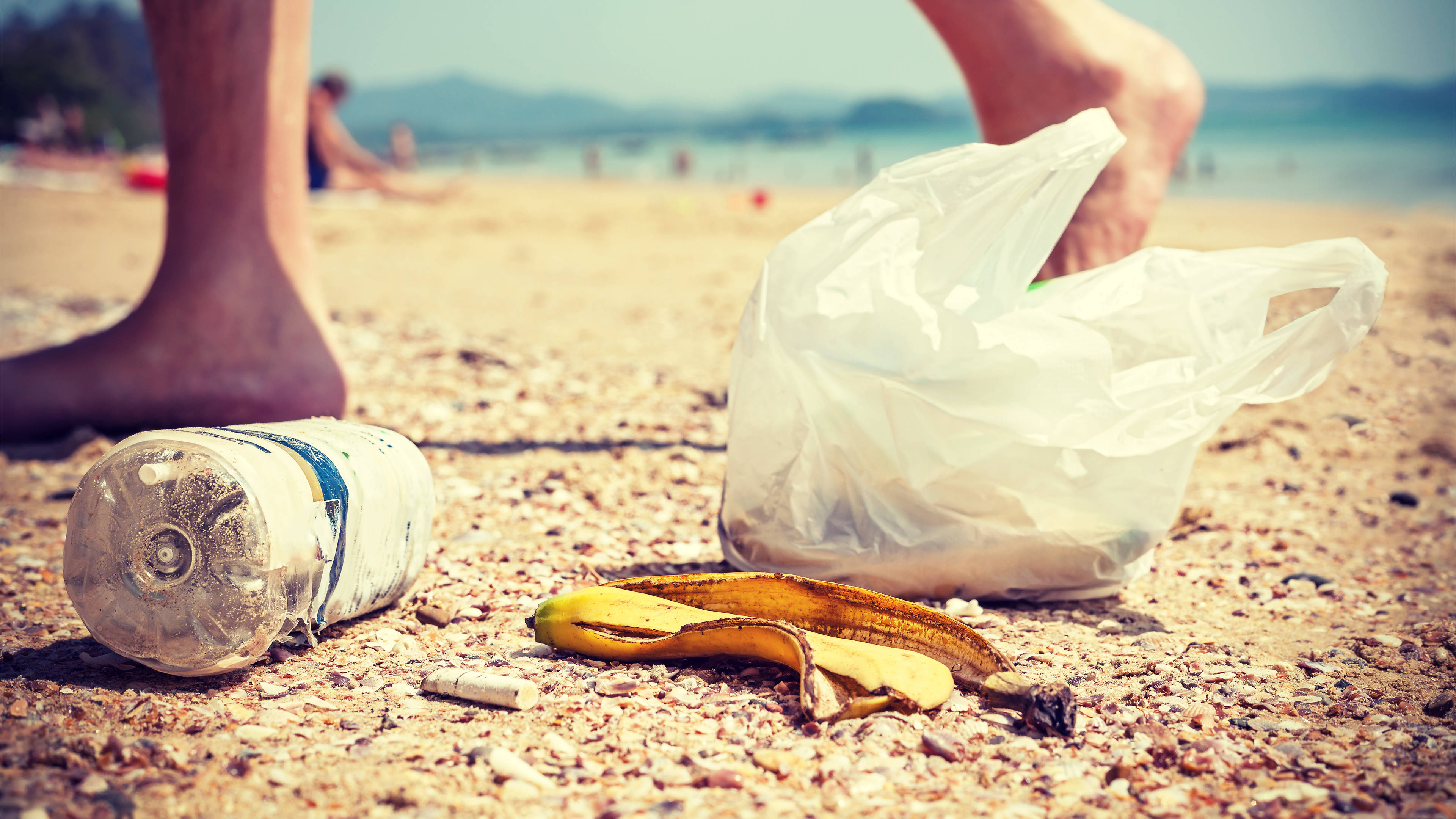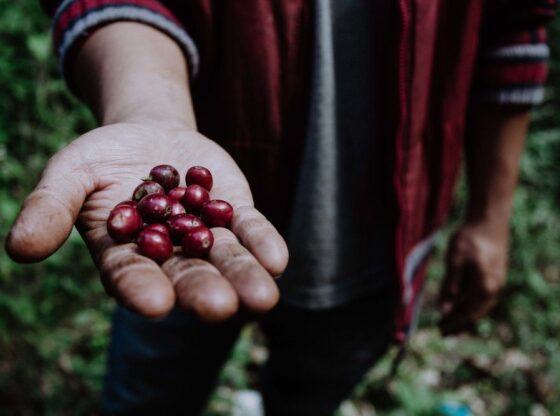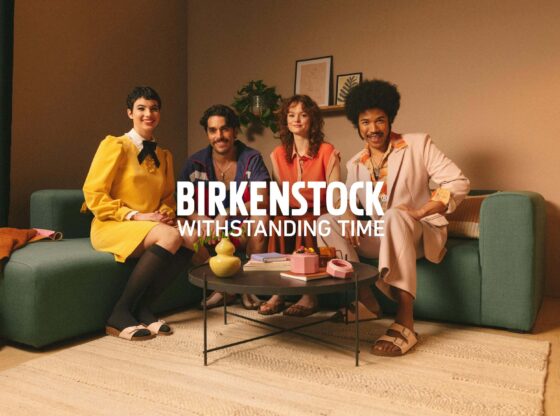![]()
Plastic bags banned in parks – but how to replace them?
The people who run the Thai national parks have announced that they are banning plastic bags. For some, this is a noble gesture; for others, it is just – well, a gesture.
If you are in the “you’ve got to start somewhere camp”, it is great news, I agree.
However, it is all very well to ban them, but my question is:
What do you replace them with?
If you go looking for answers on the internet you will find articles on many materials that could provide an alternative. Most are explained in detail that far exceeds my limited knowledge of chemistry (I dropped the sciences aged 12 to concentrate on history and geography!). So, you have been saved. I don’t plan to go into any technical detail.
Interest in the plastics subject was sparked a little while back in Thailand when a small pilot whale died in the south of the country after swallowing more than 80 plastic bags, weighing about eight kilograms (18 pounds). This is somewhere between a bowling ball and a car tyre in terms of weight.
All very sad.
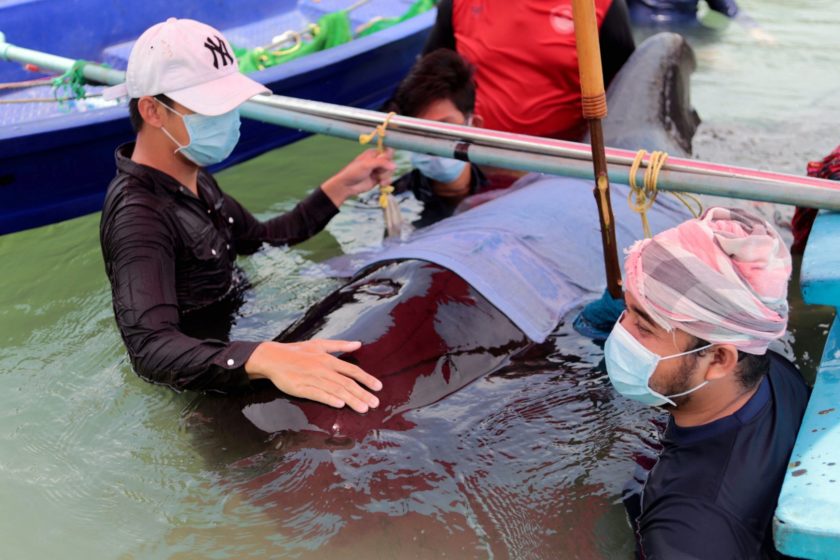
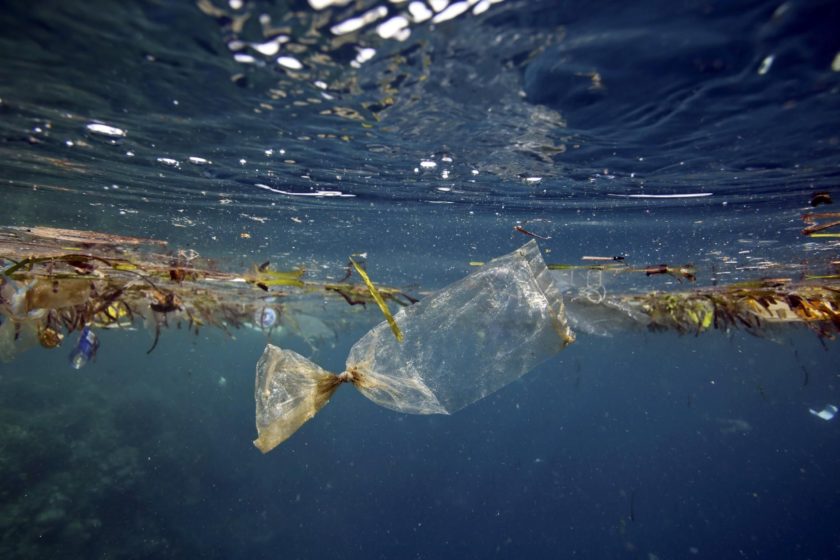
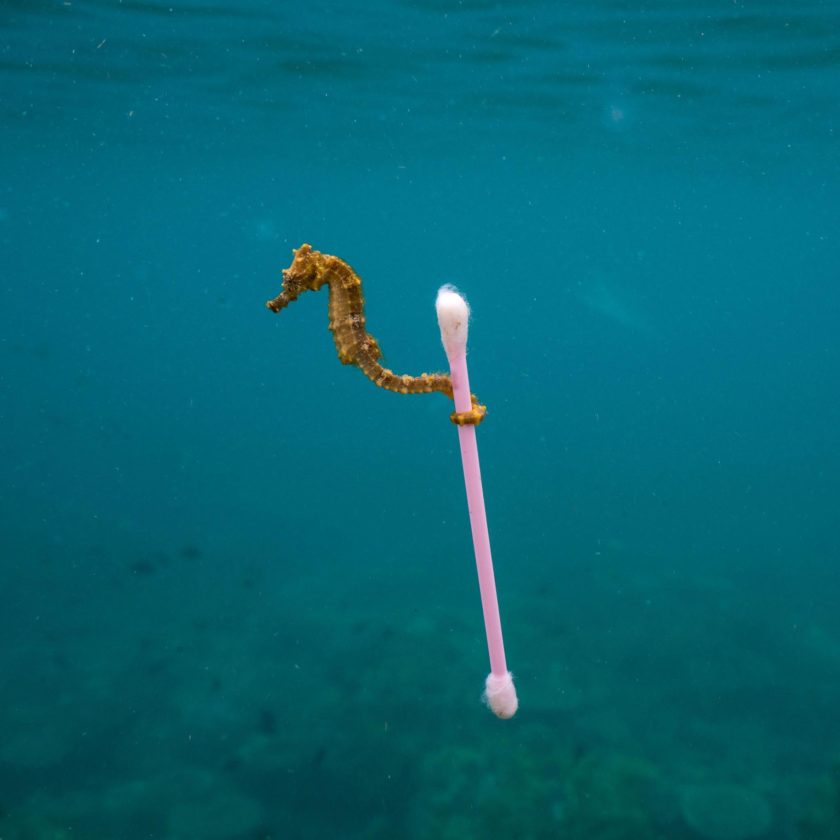
Thailand, it may come as no surprise to discover, is one of the world’s largest users of plastic bags.
You see them everywhere. Not only do people carry their shopping home in them, they even use them to tote home their hot evening meal!
I’m not sure I ever got over the surprise of seeing street vendors whip up a yellow chicken curry then lob it into a plastic bag tied up with a couple of rubber bands. I rarely availed myself of such culinary delights.
Not because of any snobbishness … or dislike of the curry for that matter. I was just scared the bag would split and deposit a warm, gooey mess in my lap or all over the car floor.
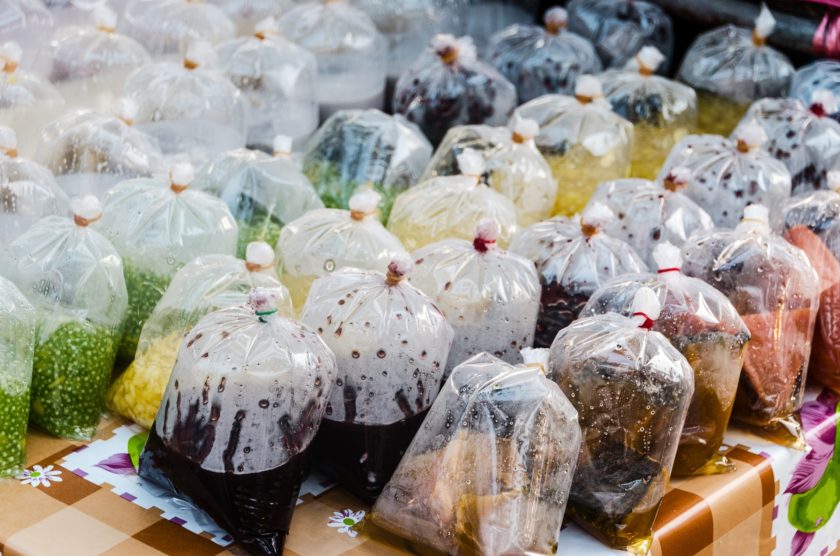

In the UK, hot food from street vendors is often served up in Styrofoam containers (also banned in Thai national parks). Not really an improvement, I know.
I think few would argue when I say the UK is ahead of Thailand in terms of addressing the problem of plastic bags. I can point to some evidence.
For example, in a bid to stop shoppers loading up with new plastic bags each time they visited the supermarket, the UK Government introduced a 5p (about Bt2) levy on previously-free plastic bags back in October 2015.
I would like to think that the money raised goes towards research on how to solve the plastic bag menace, but the cynic in me doubts it.
Can I envisage Thai people happily coughing up a couple of baht every time they use a plastic bag? As is often the case, it’s a rhetorical question.
We are not talking big sums here. But the charge in the UK has been enough to encourage people to re-use their bags. Six months after the 5p charge was introduced The Guardian newspaper reported that England’s one-off plastic bag usage had dropped 85% to 500 million, compared with seven billion the previous year. Still ridiculously high and unacceptable figures, but one heck of a step in the right direction.
I confess I don’t always remember to take a couple of used bags with me when I go to the shops, but I do make an effort. Too mean to part with the 5p you’re probably thinking!
As I asked earlier, what are the replacements? Sadly, I’m old enough to remember a time when we got by quite nicely, thank you, without plastic bags which really came into our consciousness in the 1960s.
I can clearly recall being sent by my mother to buy fresh beetroot from the greengrocers (before supermarkets killed them). Then, the beets were wrapped either in old newspapers or brown paper bags. Both methods involved paper of some form, so a tree had been cut down somewhere, but at least paper degrades more easily than plastic and doesn’t hang around for centuries.
If something made from paper didn’t fit the bill, there was always the good old glass bottle (which, as you probably know, is made from sand, just about the limit of my knowledge).
What happened to bottles? For my early drinking years, beer – a subject close to my heart – was either sold in glass bottles or out of barrels. Not a tin can in sight and certainly no plastic bottles.
Of course, bottles are still very much in use today. Can’t imagine buying a litre of gin in a plastic bottle, can you? Your daily pint of milk used to arrive in bottles, delivered to your door by the early morning milkman. Where did they disappear to, come to that?
Glass has its drawbacks – not clever if you catch yourself on a broken one. At football matches in the UK now you can’t consume beer out of a bottle in case you use it as a weapon. I’ve been at grounds on at least two occasions and witnessed bottle bungers.
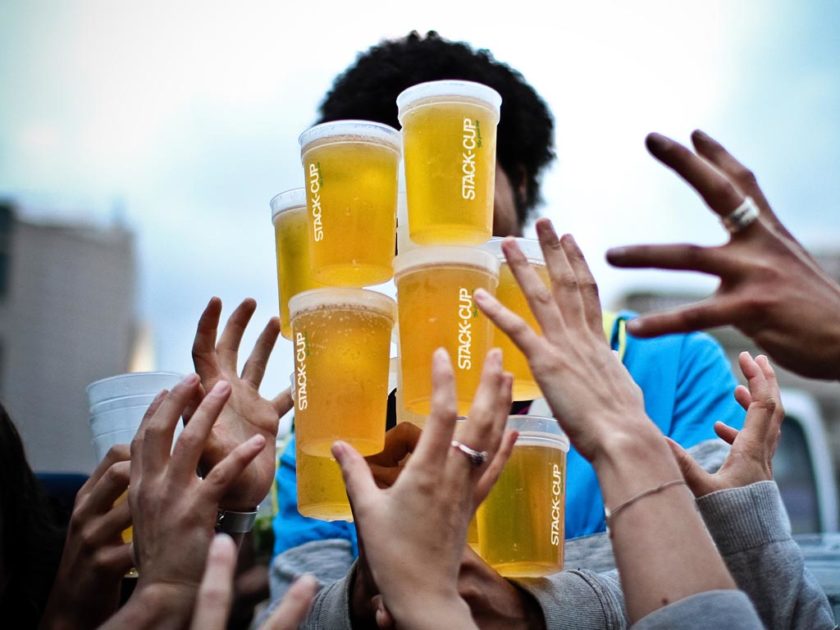
What will replace the use of plastics?
What will credit cards be made from in future?
And Lego bricks?
And traffic cones?
And window frames?
Trust me, I could fill whole columns of this magazine with the everyday things you find containing plastic in some form.
The honest answer is I don’t really know. But I am reassured by two things. One, we managed to live without plastic before. Two, there is no shortage of companies and inventors out there trying to solve the conundrum.
On that note, I’ll sign off. I’m now off to the supermarket with used plastic bags in hand, ready to pay for the shopping with my plastic. I’m sort of doing my bit – but I wouldn’t pretend I feel I’m making a big difference!
By Dave Buckley


